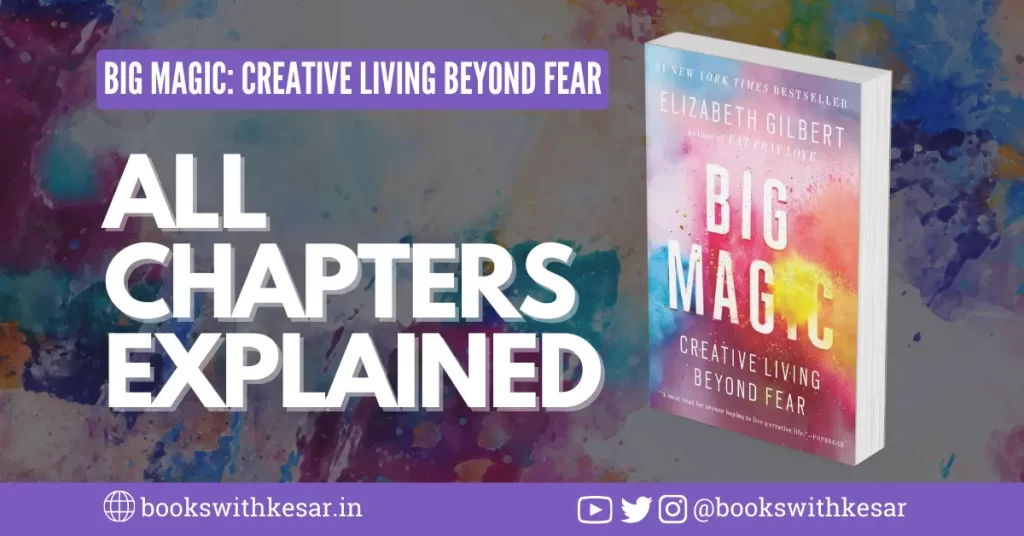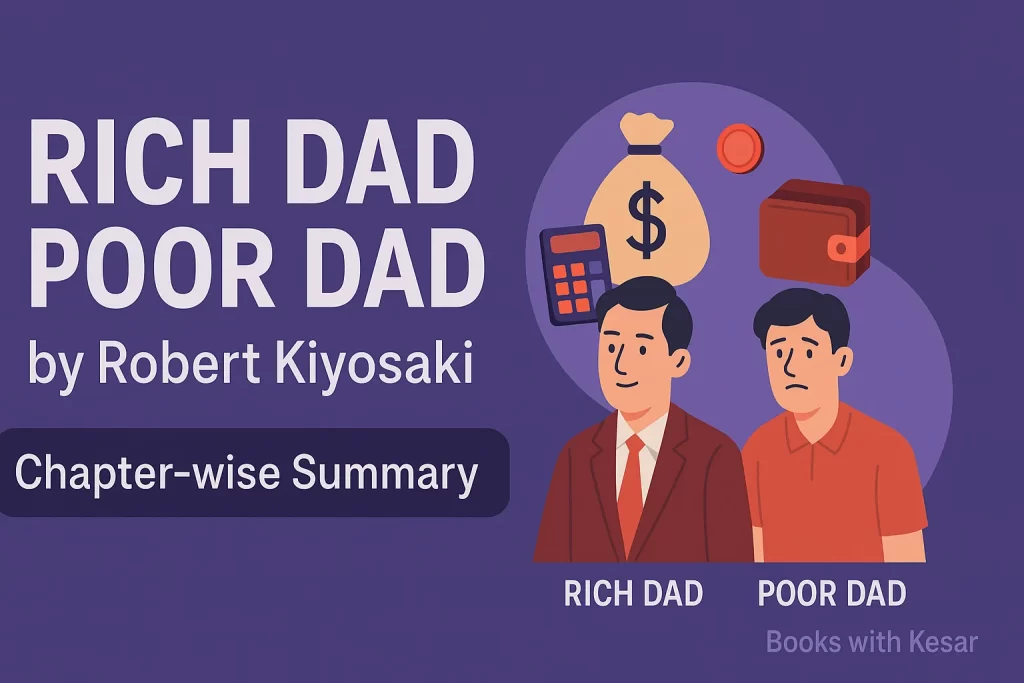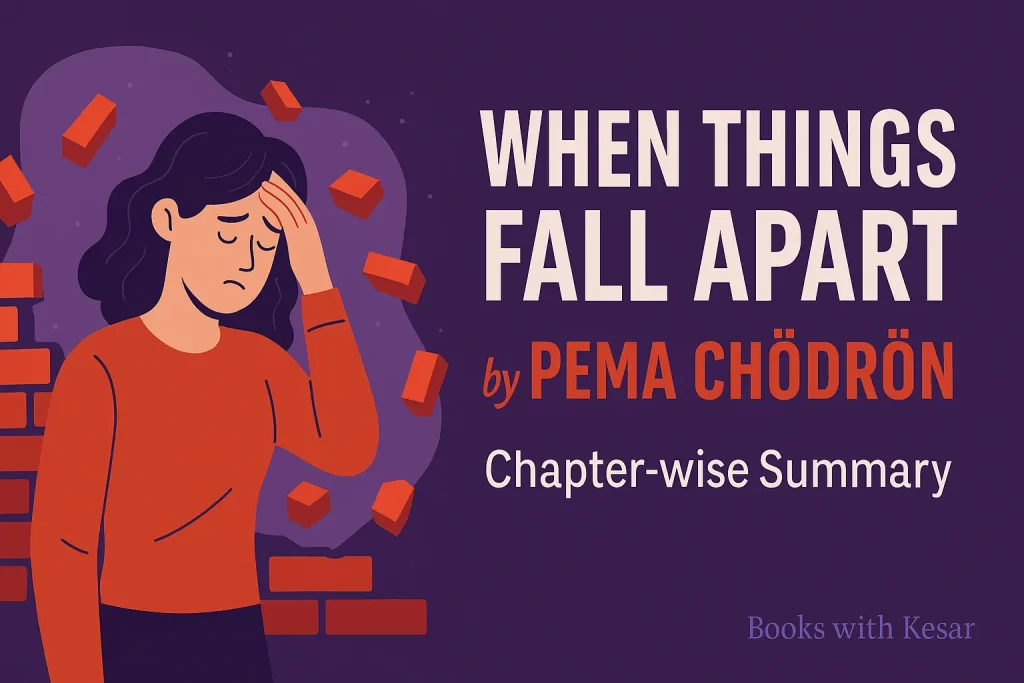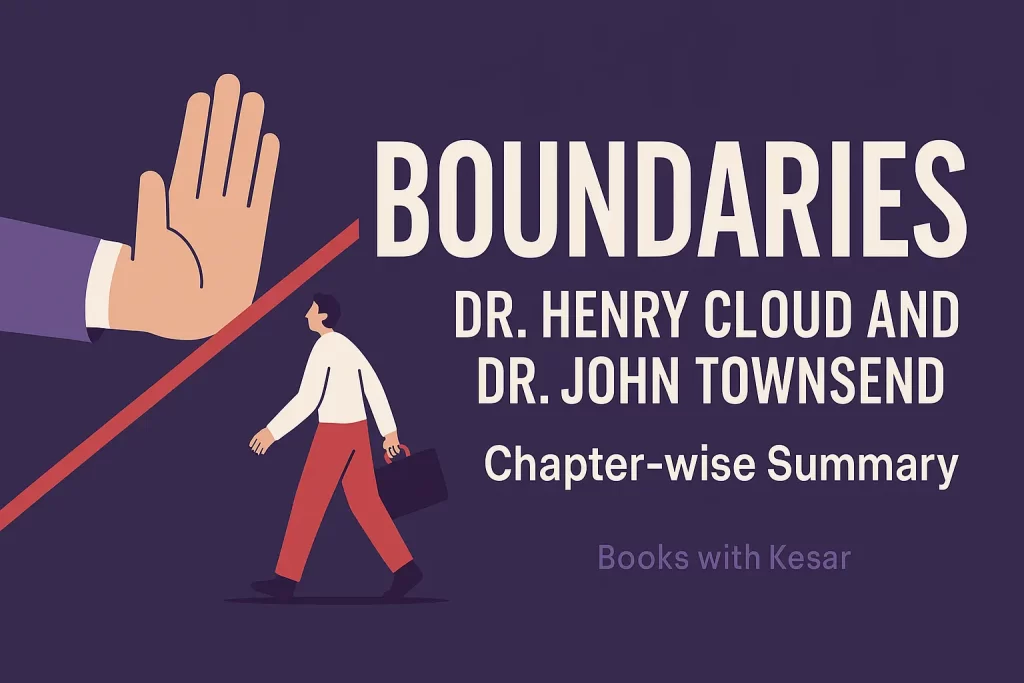
What if I told you that living a creative life has nothing to do with genius, perfection, or suffering for your art? Forget the myths about needing a tortured soul or a stroke of divine talent—Elizabeth Gilbert’s Big Magic: Creative Living Beyond Fear blows them out of the water.
Creativity isn’t reserved for the gifted few. It’s for you, me, and anyone willing to get over themselves and take risks. It’s not about painting masterpieces or writing bestsellers—it’s about saying yes to the ideas that tap on your shoulder and having the guts to see where they lead.
Gilbert makes one thing clear: fear is boring, excuses are old news, and waiting for perfect conditions is a waste of time. The world doesn’t need you to be flawless; it needs you to show up. Whether you succeed, fail, or get ignored isn’t the point—the point is you tried. And in that act of trying, you unlock the kind of magic that most people spend their lives avoiding.
Big Magic isn’t here to coddle you; it’s here to challenge you. So, are you ready to stop tiptoeing around your potential and start living boldly, messily, and unapologetically? Because magic is real—but only if you have the courage to claim it.
Want This Book for Free? Start Your Audible Trial & Own Your First Audiobook—Even If You Cancel!
Chapter 1: Courage
Let’s get one thing straight: fear will never leave you. It’s part of the deal when you choose to live creatively. But here’s the kicker—fear doesn’t get to drive.
Gilbert opens with a bold truth: creativity requires courage, not fearlessness. If you’re waiting for the day you stop being scared, you’ll be waiting forever. Fear is ancient, primal, and frankly, boring. It’s the same tune on repeat: STOP! DON’T! It’s not original, and it sure as hell doesn’t deserve the spotlight in your life.
Gilbert shares a pivotal lesson from her childhood: her tough-love mother forced her to face fears head-on. Scared of the ocean? Time to swim. Terrified of answering the phone? Guess who’s now in charge of it? This wasn’t about erasing fear—it was about refusing to let it shrink her world.
She emphasizes that fear and creativity are conjoined twins. You can’t pursue one without the other tagging along. But fear’s job is to alert you, not control you. Gilbert even humorously imagines giving her fear a seat in the car of life—acknowledging its presence but banning it from touching the wheel, maps, or radio.
The chapter challenges you to rethink fear’s role in your creative life. It’s not about eliminating it—it’s about making room for it while staying focused on your work. Because without courage, your creative life will remain small and suffocating. The question isn’t “Will I feel afraid?” but “Will I let fear stop me?”
Gilbert’s answer? Hell no.
Chapter 2: Enchantment
Here’s the truth about ideas: they’re not yours. At least, not entirely. According to Gilbert, ideas are living, conscious entities floating around, waiting for a human partner to bring them to life. Wild concept? Maybe. But it’s a powerful way to reframe creativity.
Gilbert recounts her own “idea encounters,” describing how inspiration feels like magic: the chills, the obsession, the sense that the universe is nudging you toward something extraordinary. But here’s the catch—ideas don’t stick around forever. They knock, they wait, and if you don’t answer, they move on to someone else.
She illustrates this with an astonishing story about a novel she once planned to write but never finished. Years later, another writer published a book with eerily similar details. Coincidence? Gilbert thinks not. The idea simply found another willing collaborator.
The lesson? When inspiration calls, pick up the damn phone. Creativity isn’t about forcing brilliance; it’s about being open and curious enough to let the magic in.
This chapter is a bold challenge to take your ideas seriously—before they decide to leave you behind. Magic exists, but only for those who dare to partner with it. So, are you ready to say yes to the mysteries of inspiration? Or will you let your next big idea slip away?
Chapter 3: Permission
Who gave you permission to be creative? If your answer is no one, good news: you don’t need it.
In this chapter, Gilbert obliterates the myth that you have to be special, trained, or chosen to live a creative life. You don’t need a degree, a stage, or a fan club. You don’t even need to justify why you want to create. If you feel called to write, paint, sing, garden, or build a rocket in your backyard—then that’s all the permission you need.
Gilbert recounts her realization that waiting for external validation is a trap. She challenges the idea that creativity must be tied to results or praise. Instead, she argues that creativity is its own reward—a way of honoring your curiosity and giving yourself something to live for.
She dismisses the notion of suffering for your art as outdated and unnecessary. Instead, she advocates for radical self-authorization: act like you belong, because you do. Gilbert herself has written for decades, not because she’s always succeeded, but because she simply refuses to stop.
This chapter is a rallying cry: stop waiting for someone else to say you’re good enough. Nobody’s coming to crown you the next great artist, so crown yourself and get to work. Creativity isn’t about perfection or accolades; it’s about boldly deciding, I will create, because I want to.
So, what are you waiting for? Permission granted. Go make something.
Chapter 4: Persistence
Here’s the not-so-sexy truth about creativity: it’s work. Sure, inspiration feels magical, but making something of it requires grit, patience, and showing up even when you’d rather not.
Gilbert emphasizes that persistence—not talent or luck—is the backbone of creative living. She shares stories of her own writing journey, where rejection letters piled up for years. But instead of giving up, she kept writing, fueled not by external rewards but by her love for the craft.
Creativity isn’t about being fearless or flawless—it’s about endurance. Gilbert likens it to a long-term relationship, where you stick around even on the hard days. You don’t wait for motivation to strike; you create a routine and commit to it. Some days will feel like breakthroughs, others like a slog. But every day you persist, you’re deepening your bond with your craft.
She also reminds us not to be precious about our work. Stop worshiping your ideas as if they’re sacred. Treat creativity like a partner—not a fragile deity that can’t handle imperfection.
The key to persistence, Gilbert says, is to fall in love with the process itself. Success, failure, and recognition are fleeting. What remains is the satisfaction of doing the work.
So, the question isn’t whether you’re talented enough—it’s whether you’re willing to keep showing up. Are you ready to put in the time and trust the journey, even when the magic fades? Because persistence is what separates daydreamers from creators.
Chapter 5: Trust
If persistence is the engine of creativity, then trust is the fuel. Gilbert invites you to believe in your creativity—not just in its potential, but in its goodwill. What if your ideas are here to help you, not torment you?
In this chapter, she dismantles the cliché of the tortured artist. Creativity, Gilbert argues, isn’t a cruel taskmaster demanding sacrifices. It’s a collaborator, ready to work with you if you stop treating it like an adversary. Trust the process, trust the inspiration, and most importantly, trust yourself.
Gilbert shares how she overcame her own doubts, choosing to see creativity as playful and generous instead of capricious and punishing. She warns against the drama of attaching your self-worth to your creative outcomes. Not every project will be a masterpiece, and that’s okay. The point is to keep creating, no matter what.
She also challenges the fear of failure, reminding you that creativity doesn’t owe you success. The act of creating is its own reward, and even so-called “failures” teach you something valuable. The universe, she says, wants you to create—it’s rooting for you.
Gilbert leaves you with this empowering thought: you don’t have to be fearless, but you do need to trust that the magic is worth chasing. Creativity isn’t here to destroy you; it’s here to expand you.
So, what’s stopping you from trusting the process? Your creativity is waiting—are you ready to meet it halfway?
Chapter 6: Divinity
Here’s a radical idea: your creativity isn’t just about you. In this chapter, Gilbert suggests that creativity is a divine force—something bigger than your ego, doubts, or insecurities. It’s a cosmic partnership, and you’re just the vessel.
Drawing on historical and cultural perspectives, Gilbert explains how ancient civilizations viewed creativity as a collaboration with divine entities like muses or spirits. This mindset lifted the crushing pressure of needing to be a “genius” and instead allowed creators to simply show up and do their part. What if you saw your work as sacred rather than stressful?
Gilbert challenges the modern obsession with originality and perfection. Instead, she urges you to embrace humility and recognize that creativity is about contributing to the greater tapestry of life—not creating in isolation. Every act of creativity, no matter how small, connects you to something universal and eternal.
She also emphasizes that creative living requires gratitude. You don’t have to create—you get to create. Treat your creative process as a gift, not a burden, and approach it with reverence. Even the frustrations and failures are part of this divine dance.
The chapter closes with an invitation: what if you approached creativity as an act of devotion rather than a test of worthiness? When you stop trying to control the outcome and start collaborating with the universe, that’s when the real magic happens.
Are you ready to surrender to the divine and see what wonders you and creativity can create together? Because creativity isn’t just a skill—it’s a calling.
⚡ Want to Get This Life-Changing Book at the Best Price? Check Amazon Now!
🔸 Buy on Amazon India (🛒 Trusted by Millions)
🔹 Buy on Amazon (US, UK & More) (📦 Fast Worldwide Shipping)
👉 This post contains affiliate links. If you buy through these links, I may earn a small commission at no extra cost to you—thanks for your support!
💡 Enjoyed this summary? Support Books with Kesar by donating here.
📢 Never miss an update! All new summaries are now on Telegram—Join the Channel.
📚 Want more insightful reads? check out these articles next:
Book Summary: Give and Take by Adam Grant (All Chapters Explained)
Book Summary: Boundaries by Henry Cloud and John Townsend (All Chapters Explained)
Book Summary: The Power of Positive Thinking by Norman Vincent Peale (All Chapters Explained)
Book Summary: The Psychology of Money (All chapters explained)
Book Summary: Memory – How To Develop, Train, And Use It by William Walker Atkinson
The Courage to be Disliked Summary & Review (All Chapters Explained)


